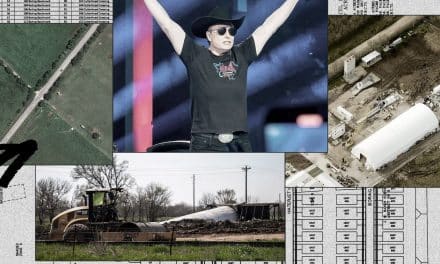Last Friday, Silicon Valley Bank (SVB), a major lender to the tech industry, experienced the biggest failure of a US bank since the global financial crisis. Customers withdrew their funds in a classic bank run, leading to the intervention of US regulators. The subsequent collapse resulted in panic throughout the markets, and weaker financial institutions struggled with soaring interest rates and self-inflicted damage.
A week later, the situation has calmed somewhat, thanks to emergency cash provisions from central banks and the support of some of the industry’s strongest players. However, markets remain on edge, and the turmoil has raised concerns about the security of banking systems worldwide.

To provide a clear overview of recent events, we have compiled a timeline:
- Friday, March 10: The Federal Deposit Insurance Corporation (FDIC) took control of SVB, marking the largest banking collapse in America since Washington Mutual in 2008. The bank’s issues began two days prior when it took a multibillion-dollar loss cashing out US government bonds to pay depositors. An unsuccessful attempt to sell shares led to the bank’s downfall.
- Sunday, March 12: The FDIC shut down Signature Bank after a run on its deposits, caused by SVB’s collapse. Both banks had unusually high ratios of uninsured deposits to fund their businesses.
- Wednesday, March 15: Swiss authorities announced a backstop for Credit Suisse, the country’s second-largest bank, after its shares collapsed by as much as 30%. The announcement calmed the immediate panic, but concerns remain about the bank’s long-term business prospects.
- Thursday, March 16: First Republic Bank faced a withdrawal crisis as customers withdrew their deposits. US Treasury Secretary Janet Yellen and Jamie Dimon, CEO of America’s largest bank, drafted a private sector rescue plan. As a result, a group of American lenders agreed to deposit tens of billions of dollars into First Republic to stem the bleeding.




